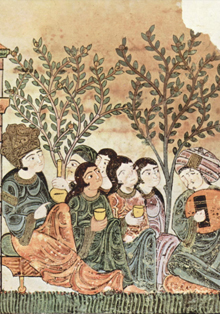Next Friday 26 April, the Museo de América in collaboration with Karel’s Art Gallery and the cultural section of the Embassy of Haiti, presents the exhibition Haiti: Africa in the Caribbean, from Naif art to Vodou art.
This is the first time that a state museum is showing an exhibition dedicated to Haitian art, which includes works of Naïf art (paintings) as well as Vodou art (paintings, objects of worship, typical shrines), which will be on public display for the first time until 22 September in the exhibition hall on the first floor of the Museum.
Haiti, the first independent Republic of Latin America, stands out among American countries for its artistic creation, having been a land of artists for generations. From the 19th century to the present day, Haitian art has attracted attention for its vibrant colour and symbolic richness, with outstanding names such as Philomé Obin, Rigaud Benoit and Wilson Bigaud.
Haitian “Naif” art is very expressive, with vivid colours that show spontaneity, depicting imaginary bucolic paradises, where humans live in complete harmony with nature. The artists of this movement are usually self-taught, so their style is far from any academic interpretation.
On the other hand, Haitian Vodou is a set of traditions that constitute one of the cultural foundations of the society, conditioning the daily life of Haitians, regardless of their social class. Vodou is more than a religion, it is a way of seeing, living and understanding life, which is creatively expressed through art.







